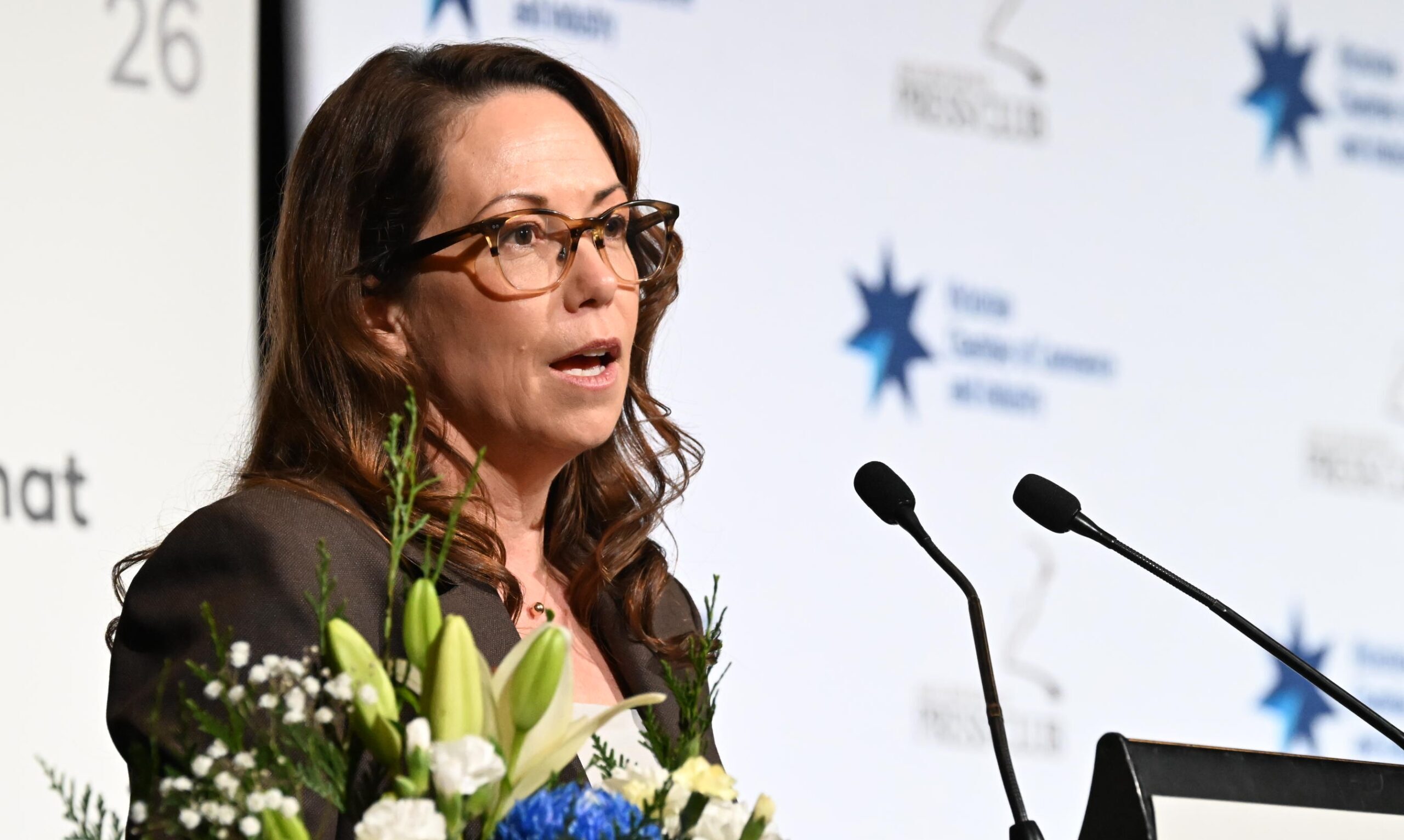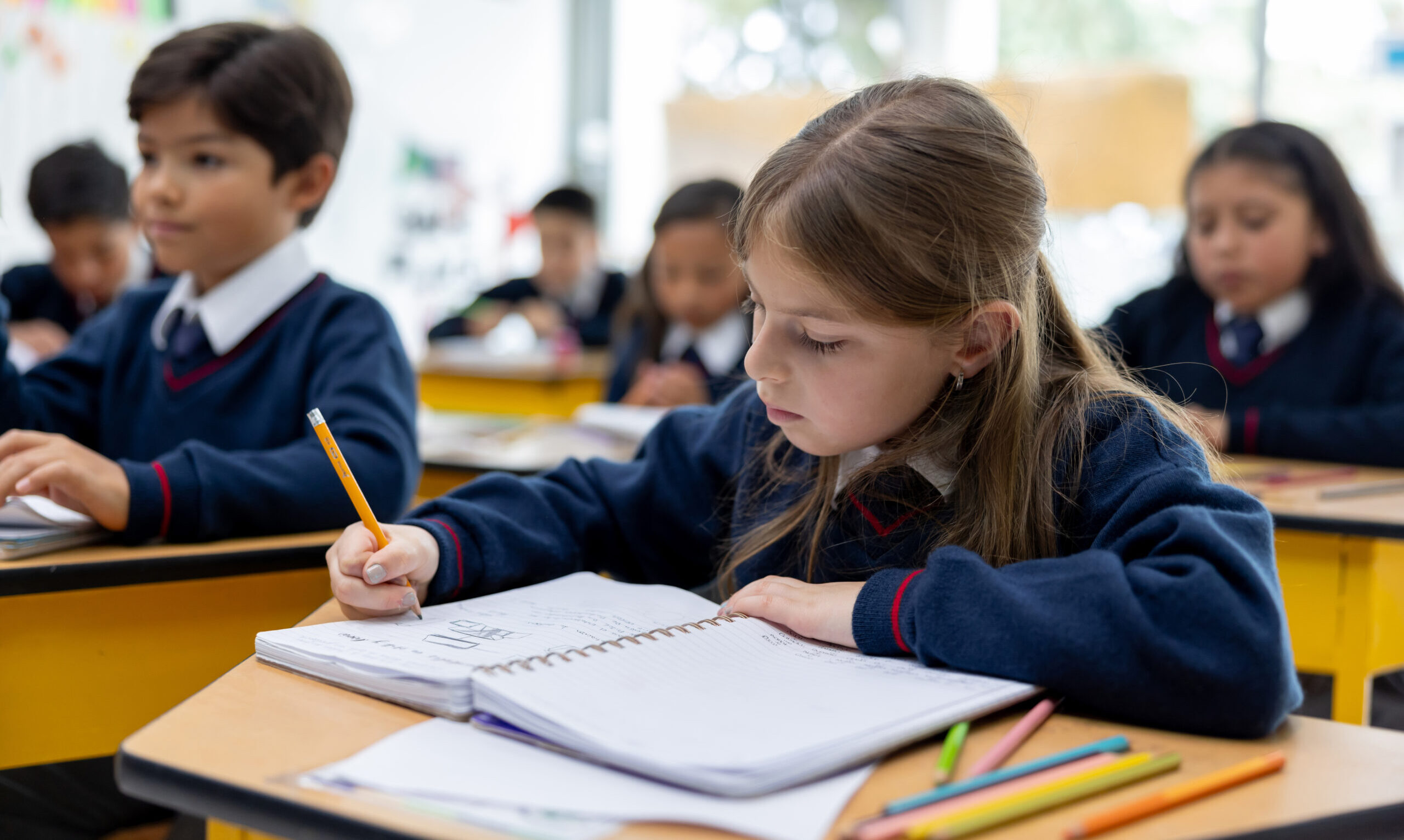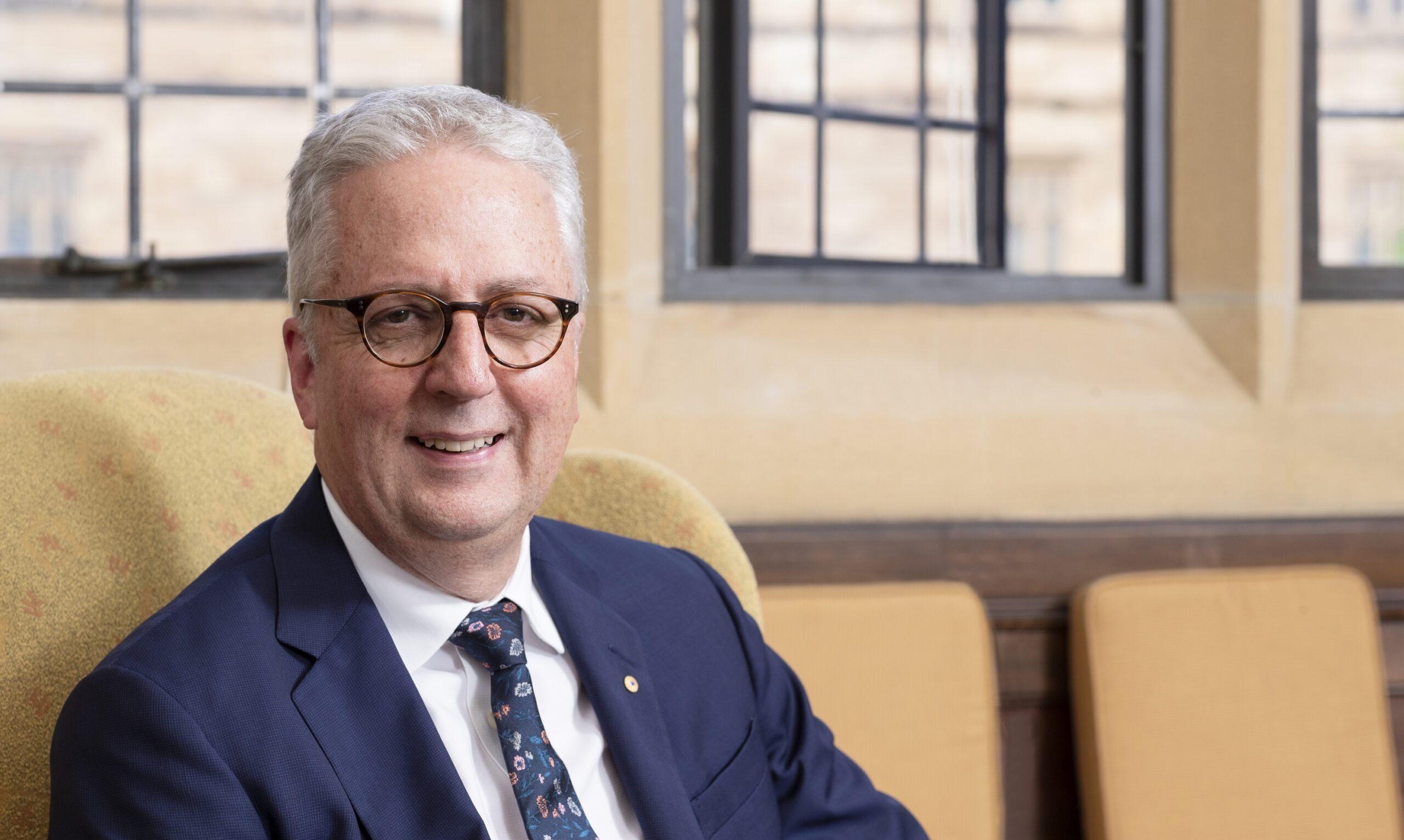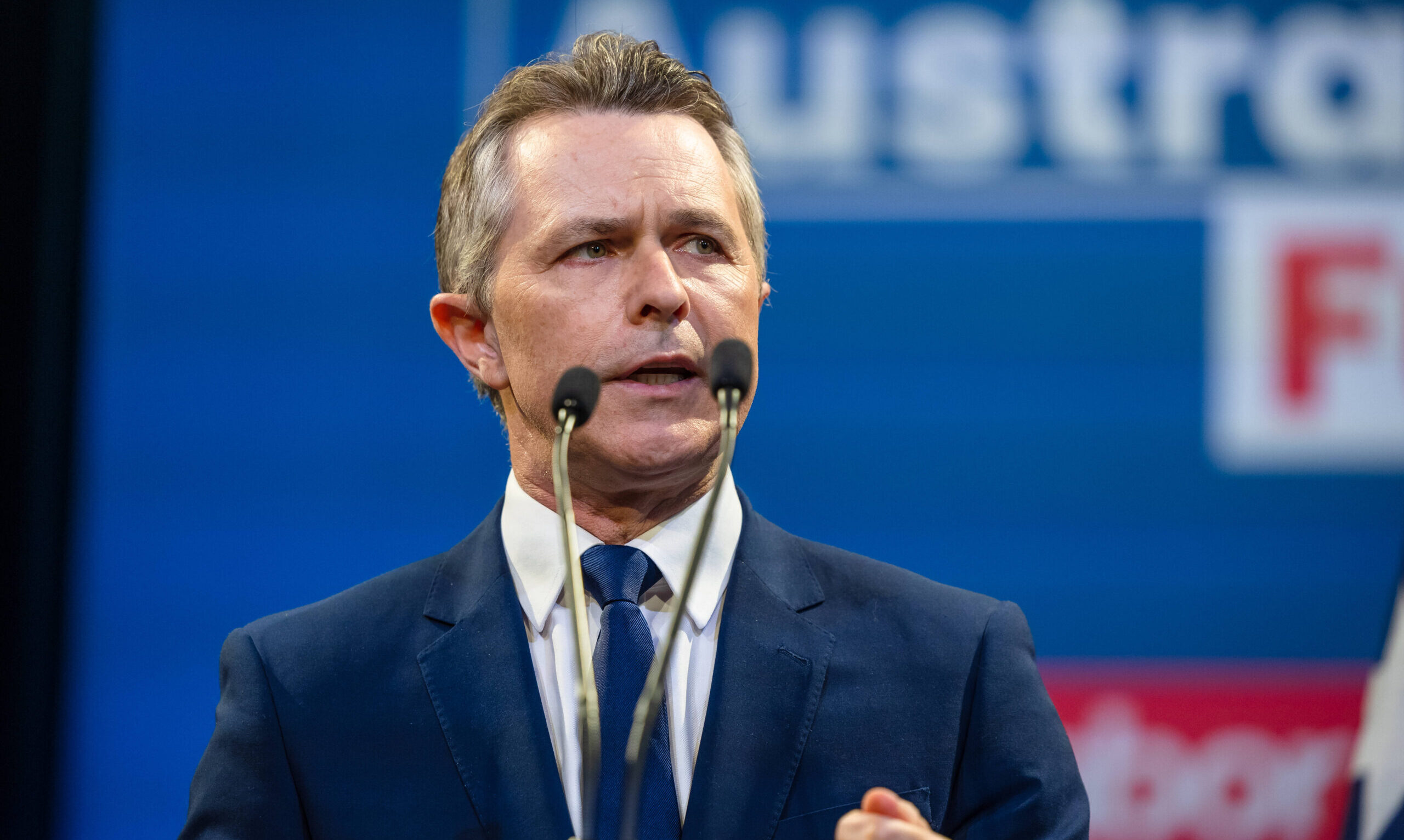NewsTop Stories
Union finds $30bn school infrastructure divide

A scathing report produced by the Australian Education Union (AEU) found five top private schools spent more money on capital works than governments did for 3,372 public schools, over half the public schools in the country, in 2021.
Please login below to view content or subscribe now.





